

This thorn in our foot called portfolio
source link: https://uxdesign.cc/this-thorn-in-our-foot-called-portfolio-cdb534e69f2d
Go to the source link to view the article. You can view the picture content, updated content and better typesetting reading experience. If the link is broken, please click the button below to view the snapshot at that time.
This thorn in our foot called portfolio
Confessions of a UX professor.
When I read articles blaming bootcamps for new UXers’ portfolios, I wonder whether we made a mistake.
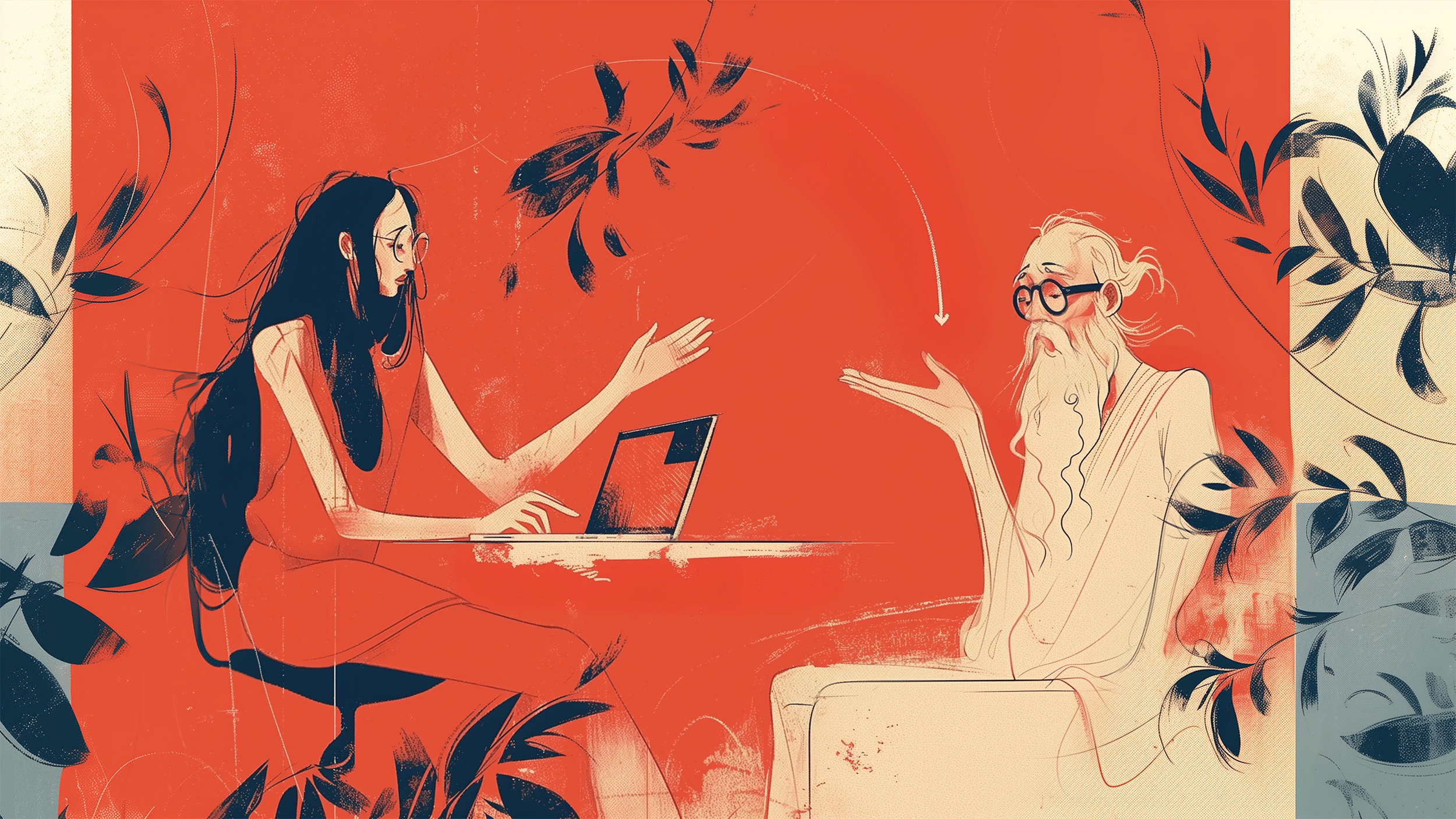
Anatomy of a Fall
When I took the lead of the UX Portfolio Review team and later ran the Portfolio Design Sprint at Thinkful (previous Bloc, next Chegg) in 2020, the instruction was to ensure students wouldn’t get rejected.
Initially, I admit, to avoid the company losing money — a safeguard against PR disasters and the nightmare of legal battles. Facing potential lawsuits over the return of substantial tuition fees was a stark reality. A double-edged sword compressed in two binding words: tuition guarantee, the promise that we would go above and beyond to ensure we valued your investment.
Thinkful was at the forefront of UX education: it employed active Design and Recruiting mentors, gathered feedback from companies hiring alums, and revised modules to align with the market demands. Quarterly.
Concepts, assignments, career strategies — mentors left no stone unturned to guide new UXers, ensuring impartiality by cross-evaluating assignments from colleagues’ mentees. Management and students alike graded us on the quality of our mentoring and written feedback and, if you were part of any of the Assessment teams, the delivery of our review.
You would not reach the Assessor level, especially in the Portfolio Review team, if you didn’t track value, kindness, and passion for the craft. The stakes were high — for both the company and its students.
I advocated raising the threshold, which frustrated some. Yet, those who persevered often reached out post-graduation to express gratitude for how these raised standards paved the way to their first job offers.
The case study factory
Is the formulaic approach to case studies endangering young designers' capacity for critical thinking?
While humbled, I was merely a cog in a larger mechanism. Upon graduation, students were paired with Career Services Mentors — active HR professionals, Recruiters, and Hiring Managers — to refine their marketability. This led to the Portfolio Design Sprint.
Until that point, Design mentorship ceased at graduation, which seemed nonsensical to me. Career Services concurred, and the initiative was a resounding success. My Portfolio Guidelines were adopted company-wide and later integrated into the curriculum.
Am I responsible for the ongoing criticism newcomers’ portfolios have faced for a while? If that can help, here’s my head. Take it. I lay down my professional ethos before you and accept my fate.
But before doing so, allow me a genuine last rhetorical: Have we, as Educators and Career Service Providers across the educational spectrum — Thinkful, General Assembly, CUNY, and all bootcamps — perhaps misstepped?
The Business-Centric Paradox
The case studies of bootcamp graduates, and by extension, the bootcamps, are too cookie-cutter. Real life is too messy, and you need to account for it: focus less on the process and more on the business problems you are trying to address.
This (not-so-new) business-centric shift is what one can read nowadays. Yet it’s essential to remember that bootcamps operate fundamentally as businesses, aligning their outputs directly with market needs.
We didn’t arbitrarily decide on the content of case studies. Our curriculum was shaped through rigorous market analysis and consultations with Recruiters, Hiring Managers, and HR professionals. The Portfolio Guidelines that emerged from these discussions resulted from extensive collaboration, including the NY UXPA’s ‘Ask a Recruiter’ fire chat of April 2020.
The curricula reflected the demands of the market at the time of development. So what went wrong?

Fundamentals of market pressure (2012–2020)
Around 2012, as UX began gaining traction as a buzzword, the U.S. market had a growing dilemma: there were too many openings for not enough available talent.
The solution seemed straightforward: accelerate educational outputs. New graduates were expected to solidify their understanding of UX fundamentals through internships, apprenticeships, entry-level roles, or freelance gigs in the early years of their careers.
As the bootcamp industry burgeoned, it slowly dawned on providers that while interest in their courses was high, it kept newcomers at arm’s length. As companies found themselves with an excess of junior talent and fewer openings, the commoditization of UX skills and the rise of automated processes led employers to become increasingly selective.
By 2020, in an oversaturated market, even entry-level positions frequently demanded up to three years of experience. The tables had turned: the promise of ongoing professional growth offered by bootcamps was now stifled by the very entities that had once encouraged their proliferation.
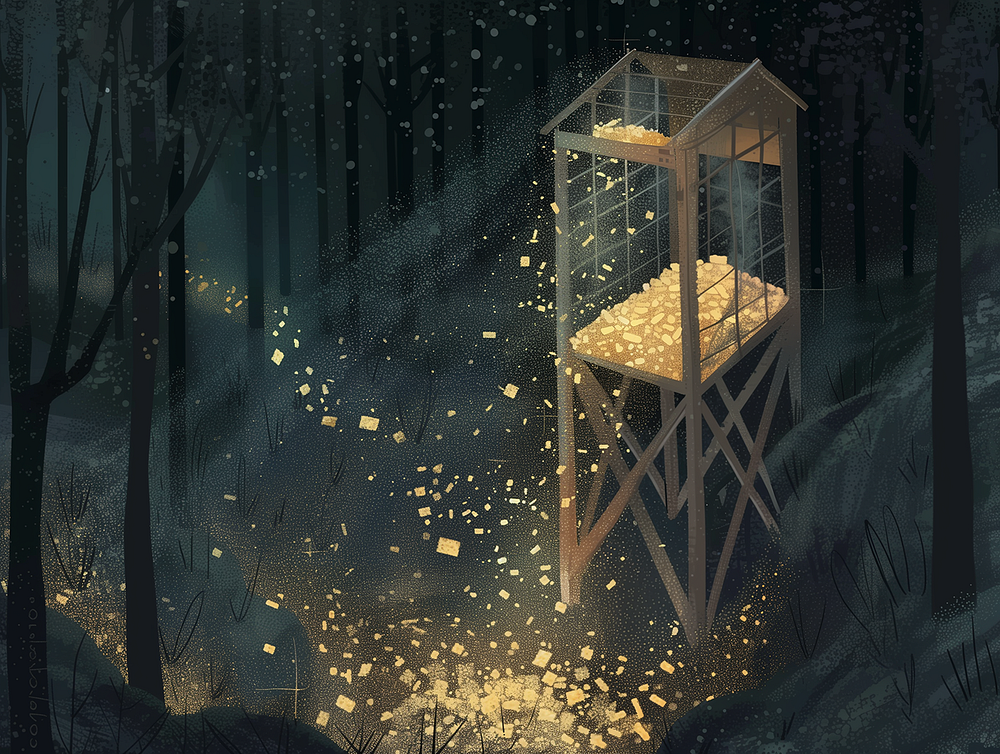
Pandemic Gold Rush (2020–2022)
The coronavirus brought everyone, except the Internet, to a stop. Businesses that operated online scrambled to introduce new features to mitigate anticipated revenue losses, turning what were once elusive first job opportunities into welcoming prospects. Remote work became the standard, seemingly averting a deeper crisis. For a brief, euphoric moment, the industry appeared to be thriving unprecedentedly, with hiring surges reported at rates up to 200%.
People were quitting jobs to follow their passion, and our enrollment tripled. Bootcamps halved education timeframe with the introduction of Micro-Credential pathways. Many saw in the frenzy and the sustainability the promise of better days. Who would blame them?
We tried to prevent a lack of career strategy by advising honing their skills in areas and sectors they would like to work in. We were brushing against the mainstream rush. Who would spend time crafting sector-tailored case studies and polishing portfolios when it seemed everyone else was effortlessly securing lucrative positions? Would you blame them?

The dam(n) burst (2022–2024)
Then came the inevitable bubble pop. The markets that had buoyed the economy during lockdowns — like digital subscription services, home office setups, collaboration tools, e-commerce deliveries, and payment platforms — started to nose dive. The end of the pandemic brought high-interest rates and a significant devaluation of property due to increased vacancies and the continuation of remote work. Euphoria crashed hard when companies realized they had overhired and overexpanded. And, as Business Insider demonstrated, some were long overdue.
Disillusioned individuals flooded a bursting dam of surviving skilled designers, facing increasingly unrealistic expectations during the interview process. What was the use of perfecting anything when all that awaited them were dismissive rejections and overly critical evaluations of their capabilities?
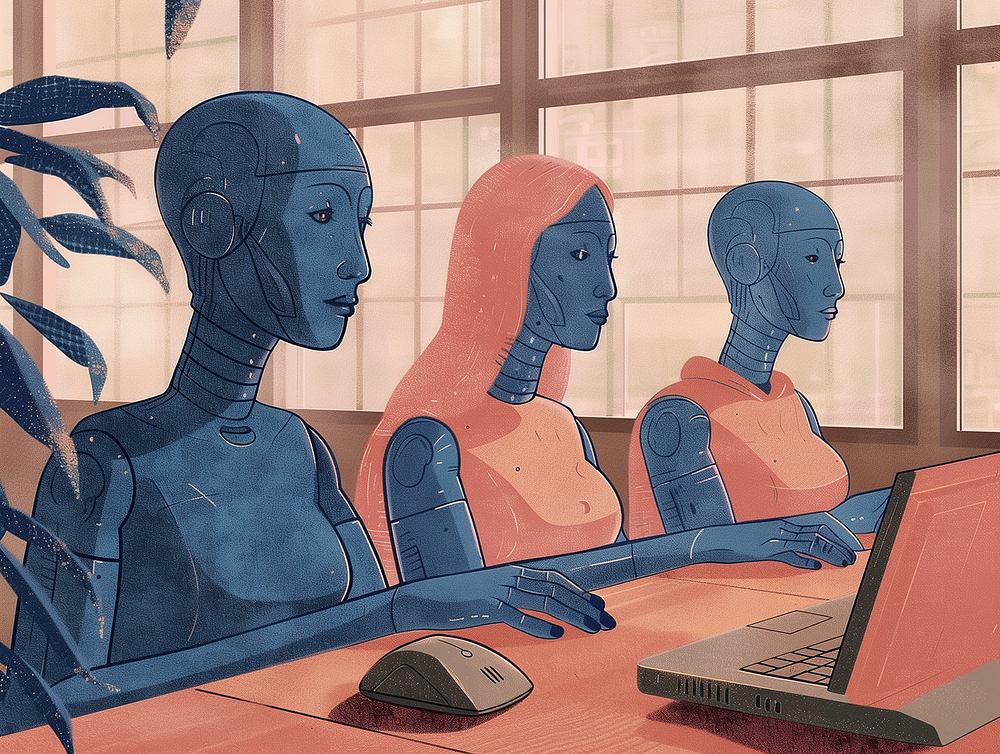
AI right-sizing (2023)
The bombshell OpenAI launched on November 30, 2022, was the nail in the Designer’s coffin. As fascinating as Generative AI might be, it’s challenging to ignore the rapid uptick in layoffs that occurred shortly after. Investments shifted dramatically, with AI permeating every business discussion within the year.
But AI isn’t the enemy. The real threat is our susceptibility to peer pressure and confirmation biases. We are creatures deeply influenced by the opinions and behaviors of others around us.

Is UX Dead? (Asking my 8-Ball for a friend)
Designers face more scrutiny than ever. Hiring processes see high turnovers, longer timeframes, and increasingly frustrated practitioners who threaten to quit on all available platforms. Done. Washed. Over. Burnt out.
We’re familiar with sensationalist headlines proclaiming the death of UX. Still, with increasing critiques targeting newcomers for their alleged inadequacies, alarming tales of layoffs, and public declarations of resignation, this narrative holds a different weight this time around. Is UX truly at its end?
End of the specialized era
If your definition of UX is a highly specialized, siloed craft focused solely on user research and testing, crafting only discrete segments of the design process (be it UX, UI, Interaction, micro-copy, etc.), then perhaps it’s time to declare that era over.
But this is nothing new. We’ve oscillated between valuing generalists and specialists numerous times since Tim Brown of IDEO popularized the concept of the T-shaped Designer in 2005. This cyclical shift has occurred four or five times in just two decades.
In 2010, Don Norman advocated for a more generalist approach, which quickly became controversial — recall the term “Unicorn” that emerged soon after? By 2011, Paul Boag felt compelled to defend the perspective in Smashing Magazine.
We shifted again in 2013, with Jared Spool at An Event Apart emphasizing that specialists can only thrive in an economy that can support them. By 2015, thanks to Brad Frost, we reached a new paradigm: goodbye silos, hello cross-functional collaboration.
What followed was a consequence of (some) bootcamps pushing for specialization (looking at you, Google UX Certificate), which led Ux&You to state that “Specialists are more common in larger companies that have a large UX team and can afford specialization.”
Guess who overhired and massively fired these same specialists by the pandemic’s end?
With the market contracting, we’ve circled back to welcoming generalists again. We’ll likely switch back as soon as the major tech giants recover from their current AI obsession.
Many who graduated in the past four years were told that specialization was the path to success. So they did. Now, they’re waking up bewildered, anxious, and uncertain in a market demanding mastery across multiple disciplines. Their concerns are certainly justified.
However, if newcomers’ portfolios lack creativity and business acumen, it’s because we never truly gave them the opportunity to develop these skills.
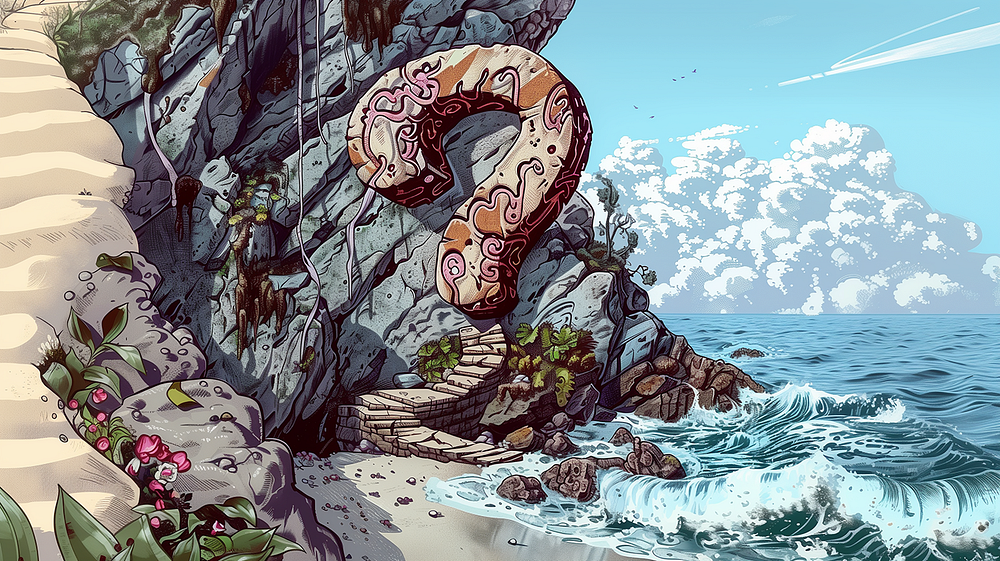
What makes a good portfolio?
The truth is, no one really knows. There’s no universal blueprint for success.
Remember the days when introductory splash screens were all the rage in 2007? The magical number of case studies to showcase in a portfolio was once ten, presented in a highly artistic manner because anything that looked too templated was a turn-off for recruiters. Blogs were expected in 2010, and you were still supposed to know how to design for print and promote it. Oh, and know how to code, too.Flash websites were the norm until Apple decided to phase them out with the iPhone. Three-column layouts were standard, and most case studies consisted of a few short paragraphs with screenshots, lacking any detailed steps.
By 2012, the trend shifted towards showcasing the “behind the scenes”, narrowing the focus to fewer case studies and articulating the process more clearly. Iterations began to be included in portfolios around 2014, but only one or two detailed projects were deemed sufficient. Not having any open-source or community-based projects was a red flag, as was including school projects.
Then came the intro blurb to soothe hiring managers’ frustrations, the need to be a storyteller, and the reflection upon your learnings. 2015 marked the year when industry leaders grew weary of unsolicited Fortune 500 redesigns, demanding a halt to overly creative portfolios while lamenting that all websites looked the same.
A year later, you were advised not to design your own portfolios, to avoid misrepresenting yourself as a visual designer, with AIGA even recommending specific platforms. The growing list of expectations soon included the ability to work within deadlines and the credit to team members.
By 2018, you were told that only 2 case studies were enough and that you should show all UX deliverables. You were mocked if your wireframes didn’t show annotations. The “winning portfolio” from a Google Designer’s perspective? A meticulously timed outline that spanned Research, Personas, Moodboards, Wireframes, Explorations, User Testing, Final Designs, and Reflection. In 2021, Career Foundry echoed a similar sentiment with their guide to crafting an Outstanding Case Study, along with UXFolio, Dribbble, and many others.
(…) TL; DR
Your portfolio doesn’t suck: it became misaligned when the industry got swept up in the AI craze and shredded Design budgets away from expanding teams.
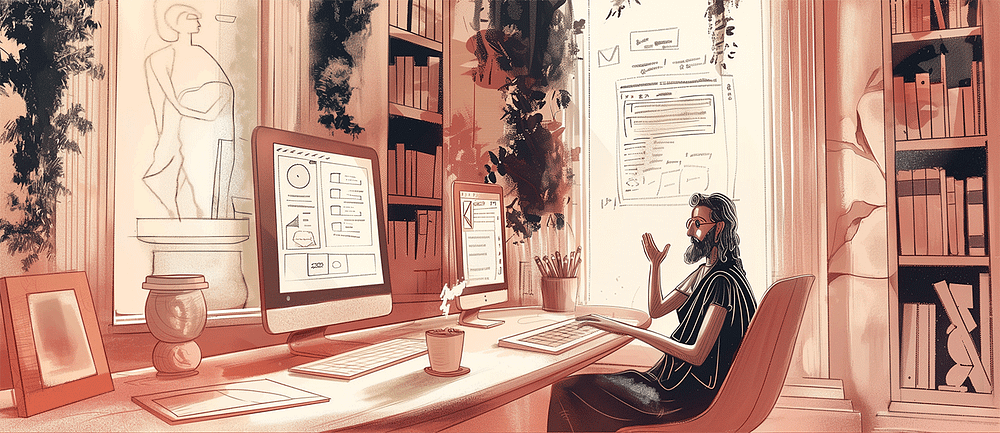
A long-lost tradition
“Designers ought to be visual artists first, even if that means challenging established UX principles.”
— My former Director at the Ecole Multimedia
This thought occasionally troubled me when I began my career as an educator a decade ago in Paris, France. Students spend the first two years learning Graphic Design before advancing to Art Direction. Only after five full-time years can one specialize in the UX Design track. This remains in place to this day.
Yet, after a decade in the U.S., I have come to appreciate the benefits of this slower, more comprehensive approach. It allows designers to master communication across various media, fosters creativity by challenging the status quo, and teaches them to market their deliverables as an agency might.
But most importantly, they learn to market their strengths and themselves visually, something we severely compressed out of U.S. curricula. A portfolio is a virtual business card. It clothes who you are and speaks on your behalf when you are not there to do so, a once-prevalent mindset that seems to be making a comeback.
We all fall for the halo effect: we tend to equate a visually appealing portfolio with a qualified designer. Why did we pretend all these years that Recruiters and Hiring Managers were immune to it?
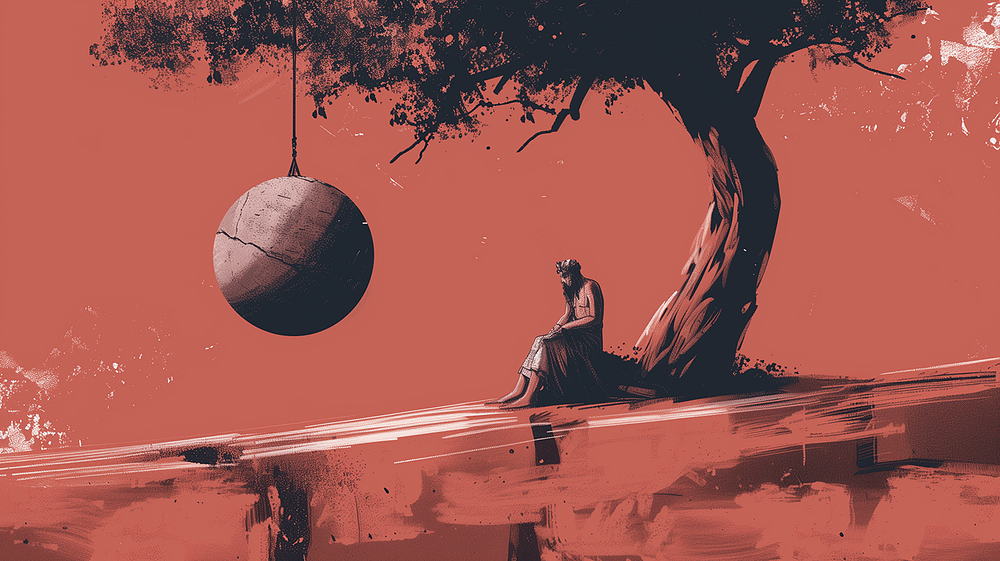
This thorn in our foot
Our portfolio is not a one-fits-all, ever-done project. Because of trends and market shifts, we constantly need to redesign it every time we look for a job, reassessing our strengths and areas for growth. It is part of the game.
Our work is thrilling because it’s dynamic: there’s always something new to learn, experiment with, and elevate to new heights. And if that means we need to evolve and consider AI in our practice or update how we talk about our projects, then so be it. Working in the web industry means evolving with it.
Does this sometimes keep us on the edge of our seats and force us into hyper-vigilance? Absolutely. But that’s why we must be kind to one another. Being in a tough spot is no excuse to forget that we all started from scratch.
To any newcomer reading these lines, know there is nothing wrong with you, your knowledge of the craft, or the value of your certification. You will always find naysayers and messiahs. Continue honing your skills. Define who you are and where you want to go. Surveying the market and looking for guidance is always good, but at some point, quiet down. And trust your gut. If the web is an ocean, rest assured: there’s a place for you.
If you’re looking for words to ponder, consider Malcolm Gladwell’s observation in Outliers that geniuses had all statistically put in 10,000 hours before achieving success. Reflect on Dan Mall’s suggestion that your portfolio should resemble more of a pitch or a proposal. Draw strength from our resilience as humans, as articulated by Joe Alterio. And take to heart Jeffrey Zeldman’s encouraging words to a designer struggling to find employment.
Conclusion
While many alarming articles about the industry’s current state might seem disheartening, most of their insights are valuable: everyone deserves their moment in the sun, and finding ways to percolate through the masses is always beneficial.
But there isn’t — and never was — only one way to craft one’s portfolio. Those who claim otherwise are mistaken: guidelines are not rigid rules, and even rules are made to be broken.
We are a vast array of designers, each with our unique backgrounds, skills, niches, passions, and personalities. And therefore, there are countless ways to market ourselves.
As we enter a new era, so do our portfolio and case studies. Click-bait titles can keep washing ashore; they know no more about navigating this vast web than we do ourselves.
DISCLAIMER
The views and opinions expressed in this article are solely my own and do not reflect any educational institution’s official policy or position. This includes, but is not limited to, Thinkful, General Assembly, and CUNY.
Recommend
About Joyk
Aggregate valuable and interesting links.
Joyk means Joy of geeK